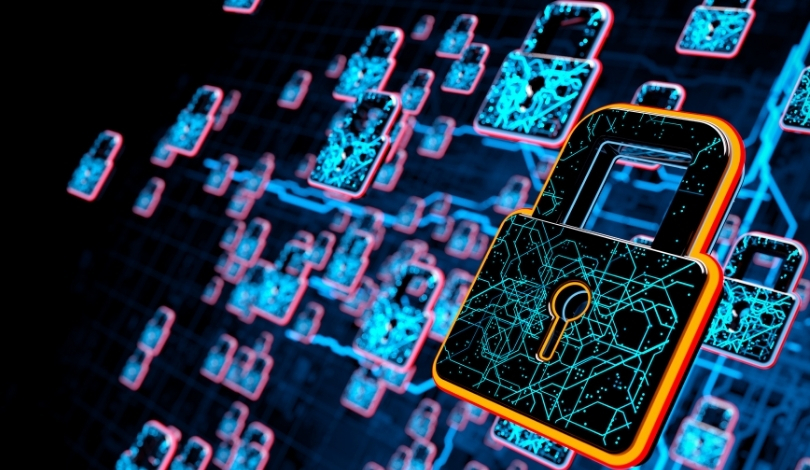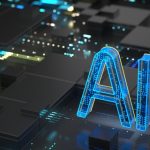The increasing integration of generative AI technologies is placing significant demands on energy infrastructure and raising critical security concerns. As businesses and institutions adopt AI-driven solutions, the need for robust power supplies and enhanced cybersecurity measures becomes more pressing. This development not only impacts data centers but also necessitates collaboration across various sectors to ensure reliable and secure AI operations.
Generative AI requires substantial electrical power, potentially outpacing the capacity of existing energy systems. This surge in demand comes at a time when the nation is also focusing on other high-priority initiatives such as electric vehicle infrastructure, advanced manufacturing, and climate change mitigation. Balancing these competing needs will require strategic partnerships between the public and private sectors, including federal agencies, state utility commissions, and energy companies.
How Does Generative AI Impact Energy Consumption?
Operating large language models for generative AI significantly increases power usage compared to traditional cloud computing tasks. Data centers hosting these AI models consume up to seven times more energy and often operate continuously at maximum capacity. To accommodate this, companies are planning to develop expansive facilities with on-site power generation, such as small modular nuclear reactors, to ensure a stable energy supply.
What Are the Security Risks Associated with Generative AI?
“While adequate security measures are available, they must be specified and ordered a la carte,” stated Jim Richberg, head of cyber policy at Fortinet.
Generative AI poses several security threats, including the potential for data breaches and the misuse of AI models. Effective controls exist, but their implementation requires a coordinated effort to prevent malicious exploitation. The absence of a unified security responsibility model complicates the safeguarding of AI systems.
How Can Federal Agencies Support AI Energy and Security Needs?
Federal agencies play a crucial role in developing the necessary infrastructure and security frameworks for generative AI. Organizations like the Nuclear Regulatory Commission and the Department of Energy are involved in approving on-site power solutions for data centers. Additionally, agencies such as the Cybersecurity and Infrastructure Security Agency are instrumental in enhancing the security posture of AI technologies through the development of standards and best practices.
Historically, the evolution of cloud security took years to mature due to repeated breaches and gradual improvements. Similar challenges are emerging with generative AI, but the urgency of current technological advancements demands a more rapid response to ensure both energy sustainability and robust security measures are in place.
Addressing the intertwined energy and security requirements of generative AI calls for comprehensive strategies that involve multiple stakeholders. Ensuring a reliable power supply and protecting AI systems from cyber threats are essential for the continued growth and integration of AI technologies in various sectors. By fostering collaboration between government bodies and private enterprises, the foundation can be laid for a sustainable and secure AI-driven future.










